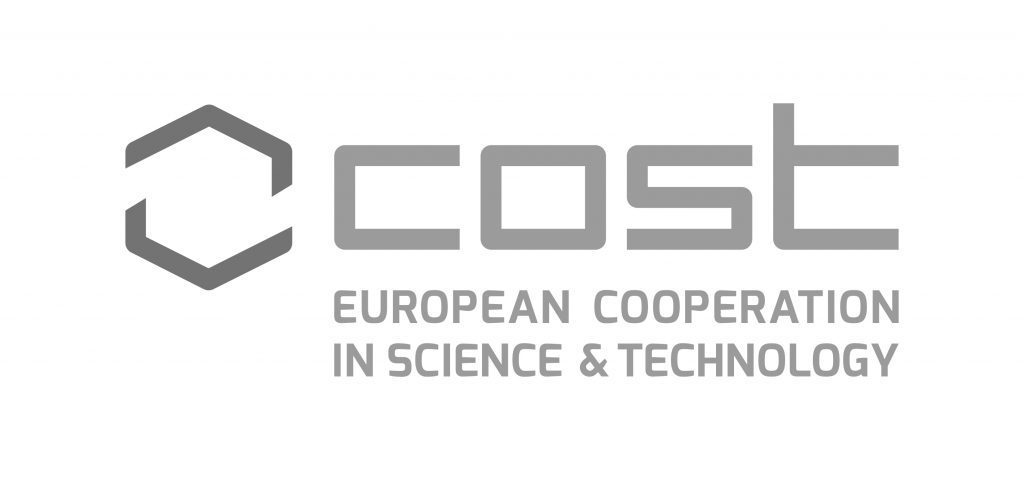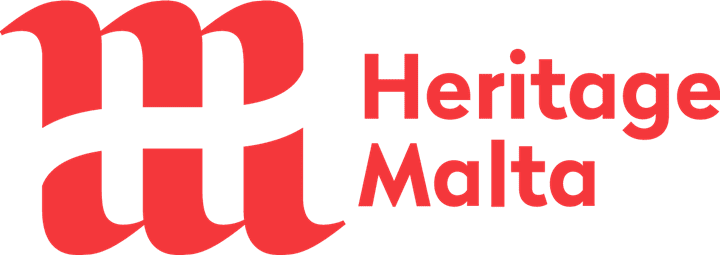The rapid development of Internet-based technologies and the World Wide Web has changed almost every sector and marketing. As a result, new opportunities have arisen in developments that have historically linked cultural heritage and Tourism. As UBHs are an important component in the cultural heritage of countries, and yet not very well known as a special category, raising awareness of UBH sites has a special significance. Through COST action Underground Built Heritage as a catalyser for Community Valorisation
several Short Term Scientific Missions (STSMs) has been successfully realized to raise knowledge and better understand the situation of some UBH objects, both in terms of construction and physical environment, as well as the human component, the community and the stakeholders. These scientific missions bring, among other things, a very important content, which should be made known not only to researchers, but also to local communities, and tourist communities worldwide. They need to gain better knowledge of the UBH sites, by understanding values, and the overall tourist experience that may be built in and around sites with extraordinary cultural heritage values at a destination or site.
The effective use of digital marketing tools can be in this respect an added value for UBH sites. There are many ways, in which technology in general and digital marketing tools in particular, serve to communicate and promote the values of UBH itself, but also the values as UBH sites’ attraction. Any marketing action in cases of UBH, differently from marketing in other profit sectors, must take into consideration the preservation and protection of the site, as well as enhancing the visitor experience.
Digital technologies have a great role in shaping the value proposition of heritage sites.
The common stakeholders’ knowledge of the UBH site is the basis for value proposition building, which is the core of any content in digital marketing. Further study of the intangible aspects of UBH, can promote the creation of storytelling, which will attract interested visitors.
Visitor engagement in the site during heritage tourism is also very important and can be improved and enhanced by digital technologies. Such tools as multiple touchpoints, both online and offline, several activities and interactions that affect visitors’ emotions and behaviours, virtual exploration and content understanding through technologies can improve the visitor-customer journey. Augmented reality applications as well, may impact positively the place satisfaction through better user engagement and perceived authenticity of the site.
Creating moments of marketing experience and long-term impressions are valuable not just for the visitor, but for the whole site in general.
The use of digital marketing and all its tools can bring to UBH sites not only an improvement of the visitor experience but also an increase in community awareness of heritage tangible and intangible values, as well as raise stakeholder’s interest in preservation and conservation in the context of developing sustainable heritage tourism.





